Leadership and Management Styles: Past, Present, and Future Report
VerifiedAdded on 2023/01/23
|24
|1830
|30
Report
AI Summary
This report delves into the critical aspects of leadership and management within the service sector. It begins by outlining the importance of leadership and management in organizational performance and growth, emphasizing the need for effective people management and employee motivation. The report then explores organizational structure, defining roles and responsibilities, and communication processes. It examines classical management theories, including the scientific management theory, and different types of organizational culture. A SWOT analysis for Marriott is presented, followed by a discussion on the roles of leaders and managers. Specific leadership styles, such as democratic and autocratic, are analyzed, along with management styles like physiological and self-actualization needs. The report also reviews leadership and management styles in the context of the Wa-Pila hotel, comparing past, present, and future approaches. Finally, it compares and contrasts management and leadership styles, highlighting their advantages and disadvantages and concluding with the significance of leadership and management in the service sector.
1 out of 24
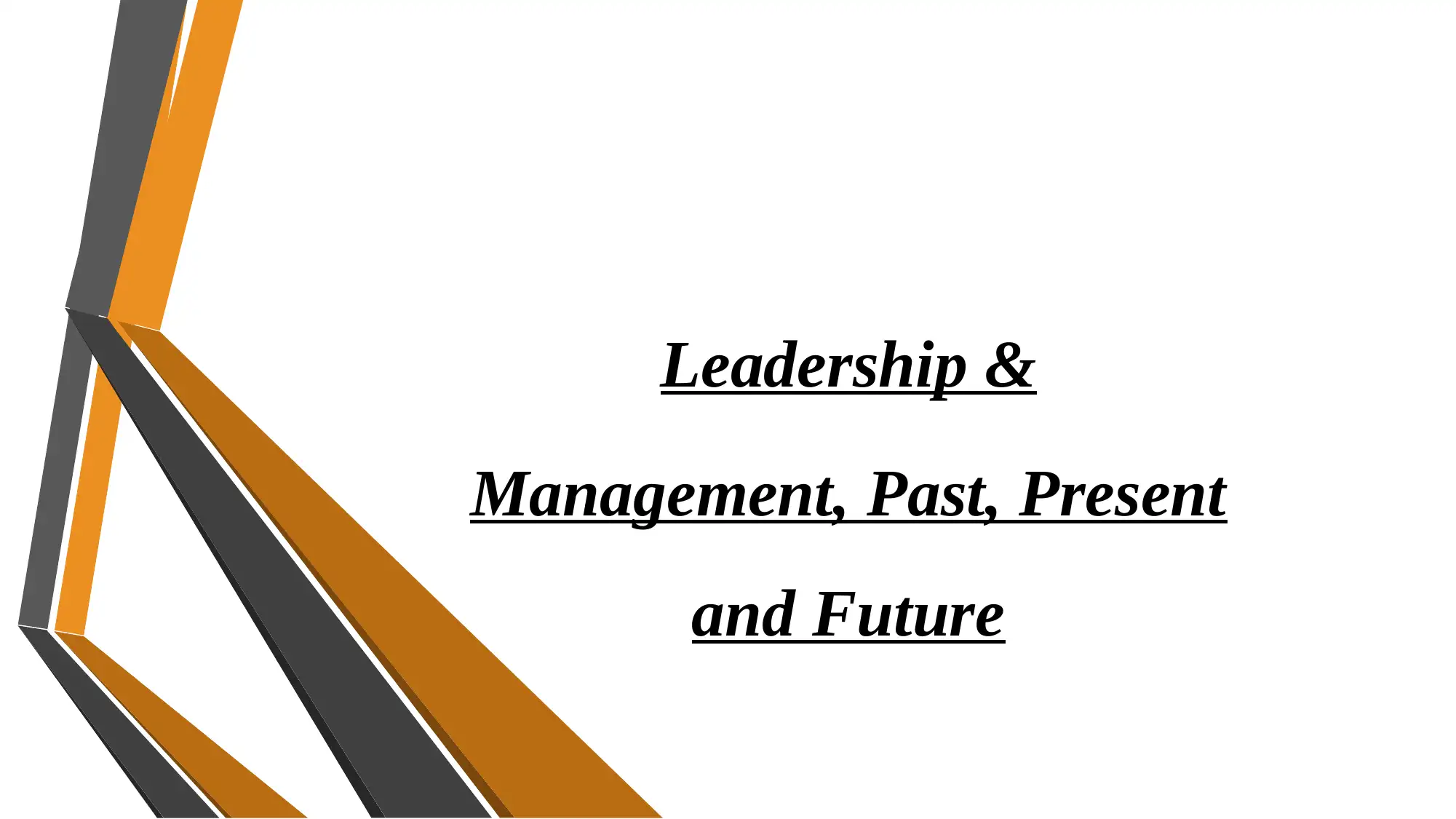
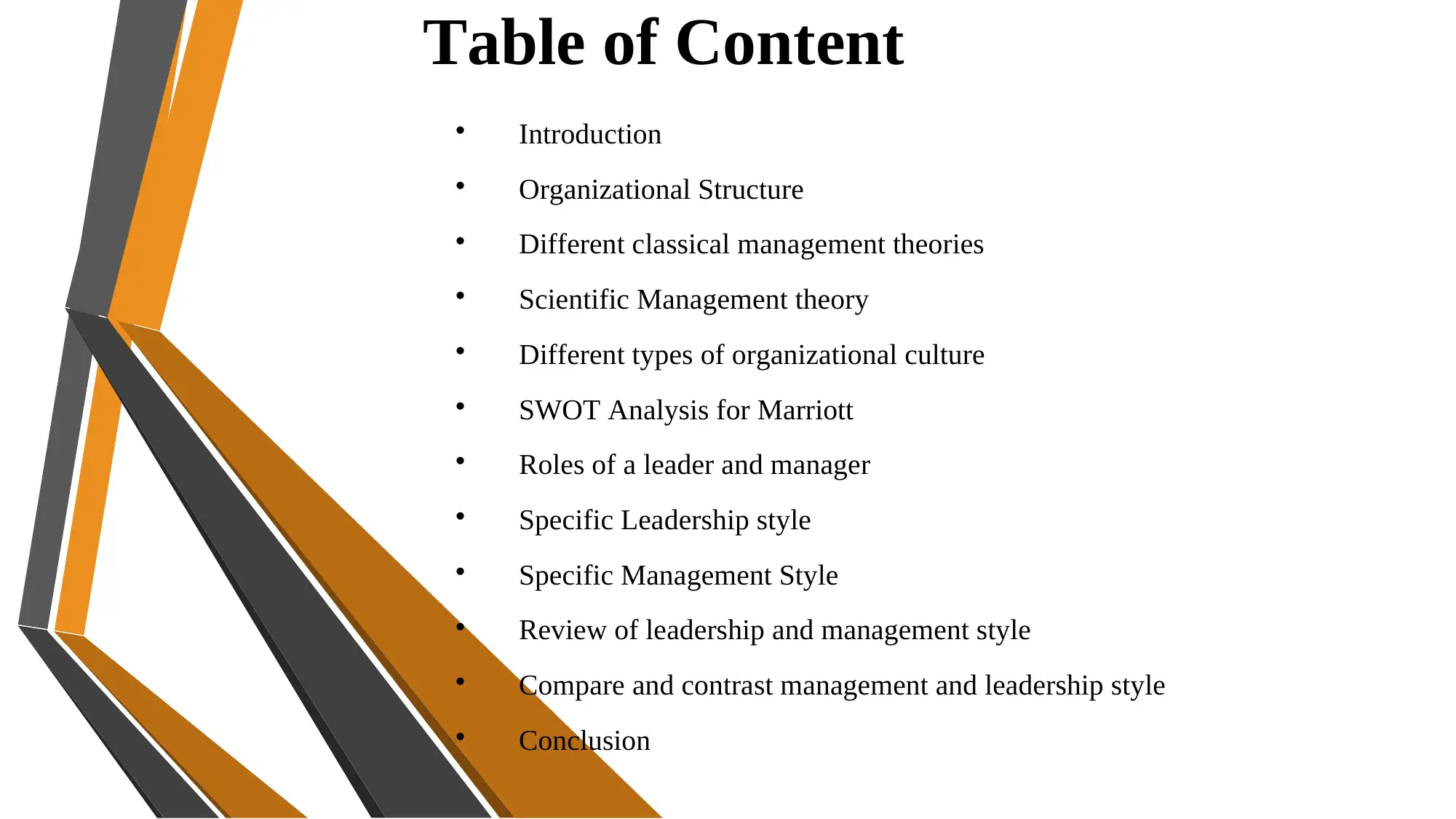
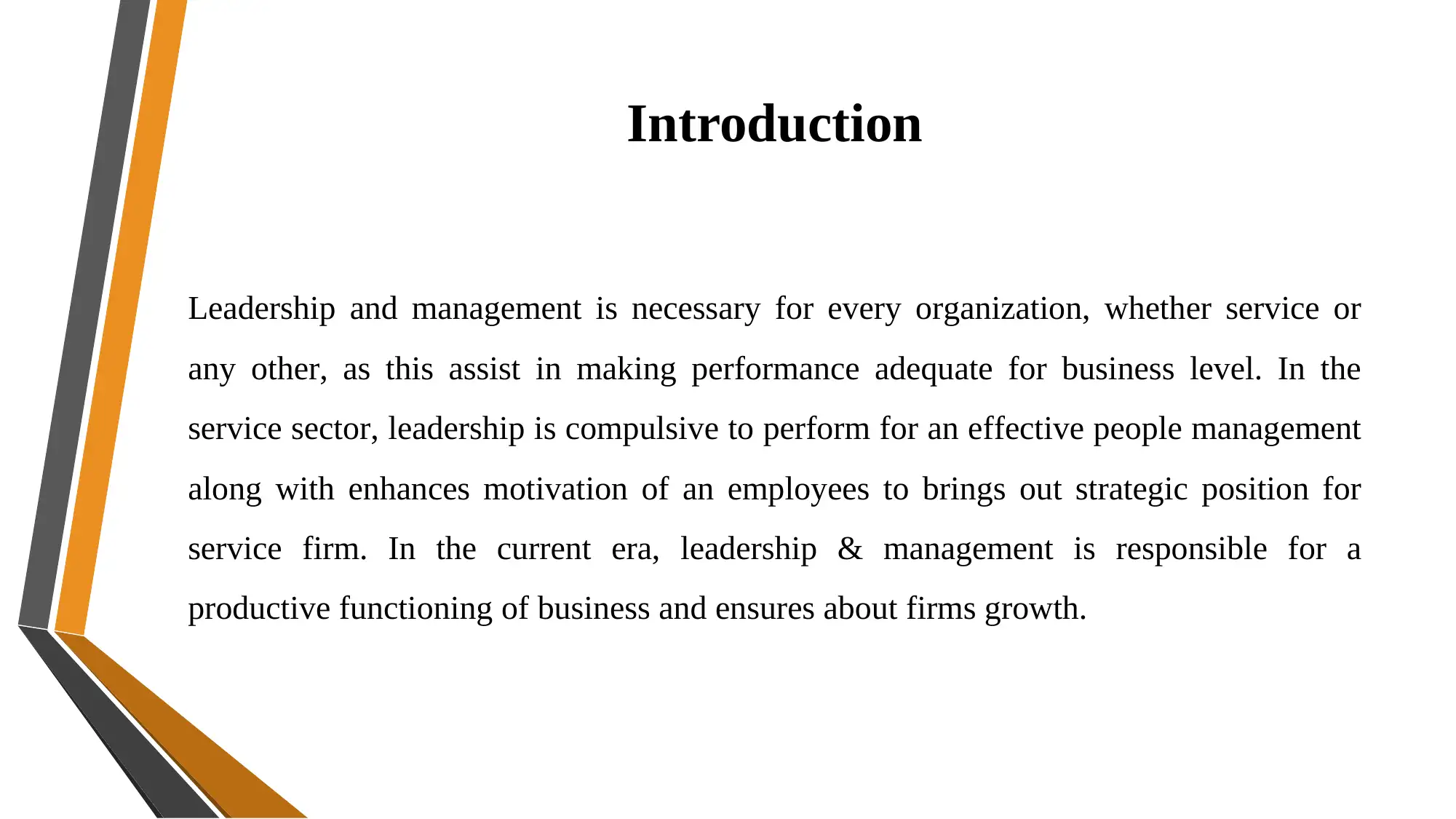

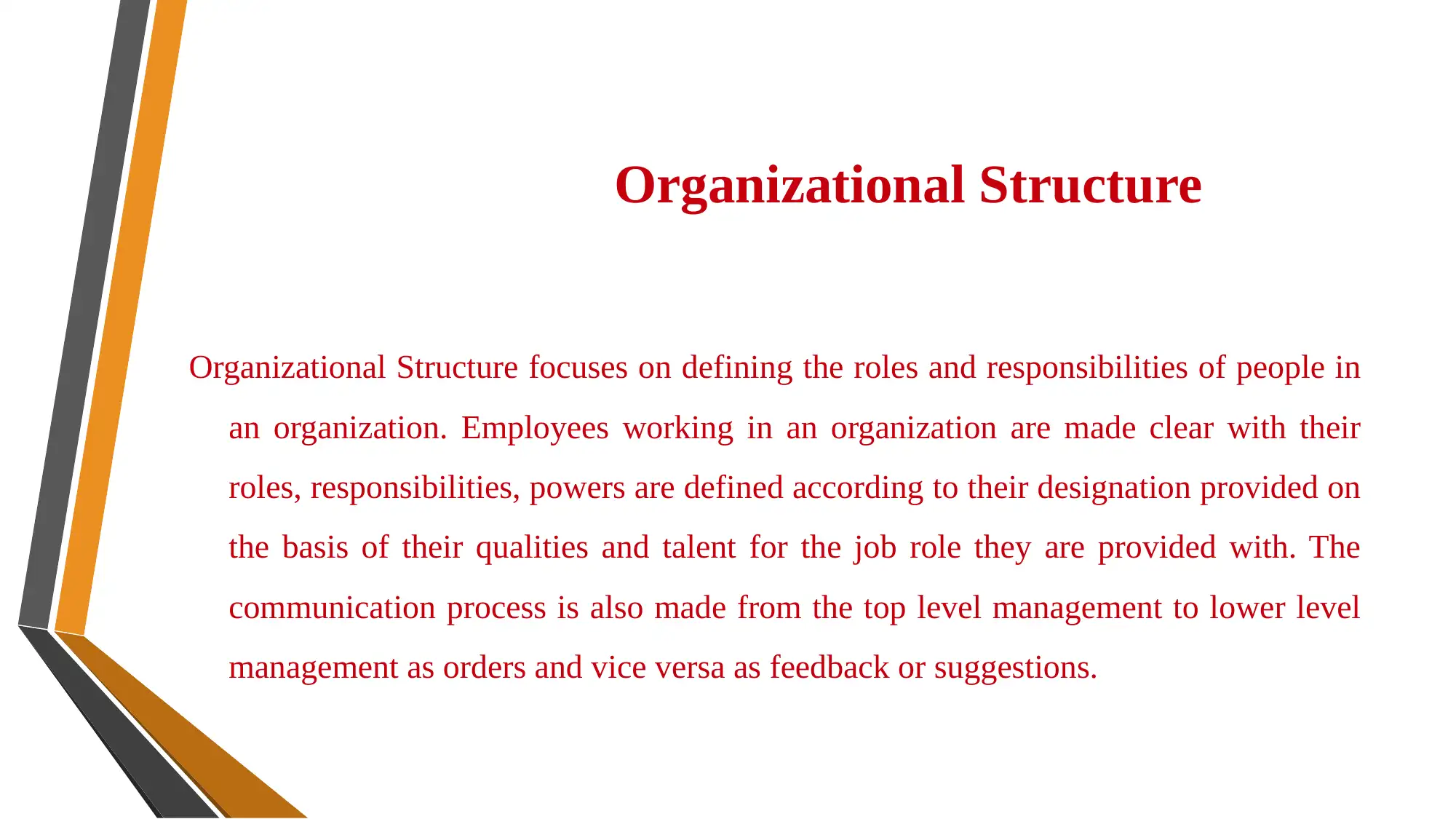
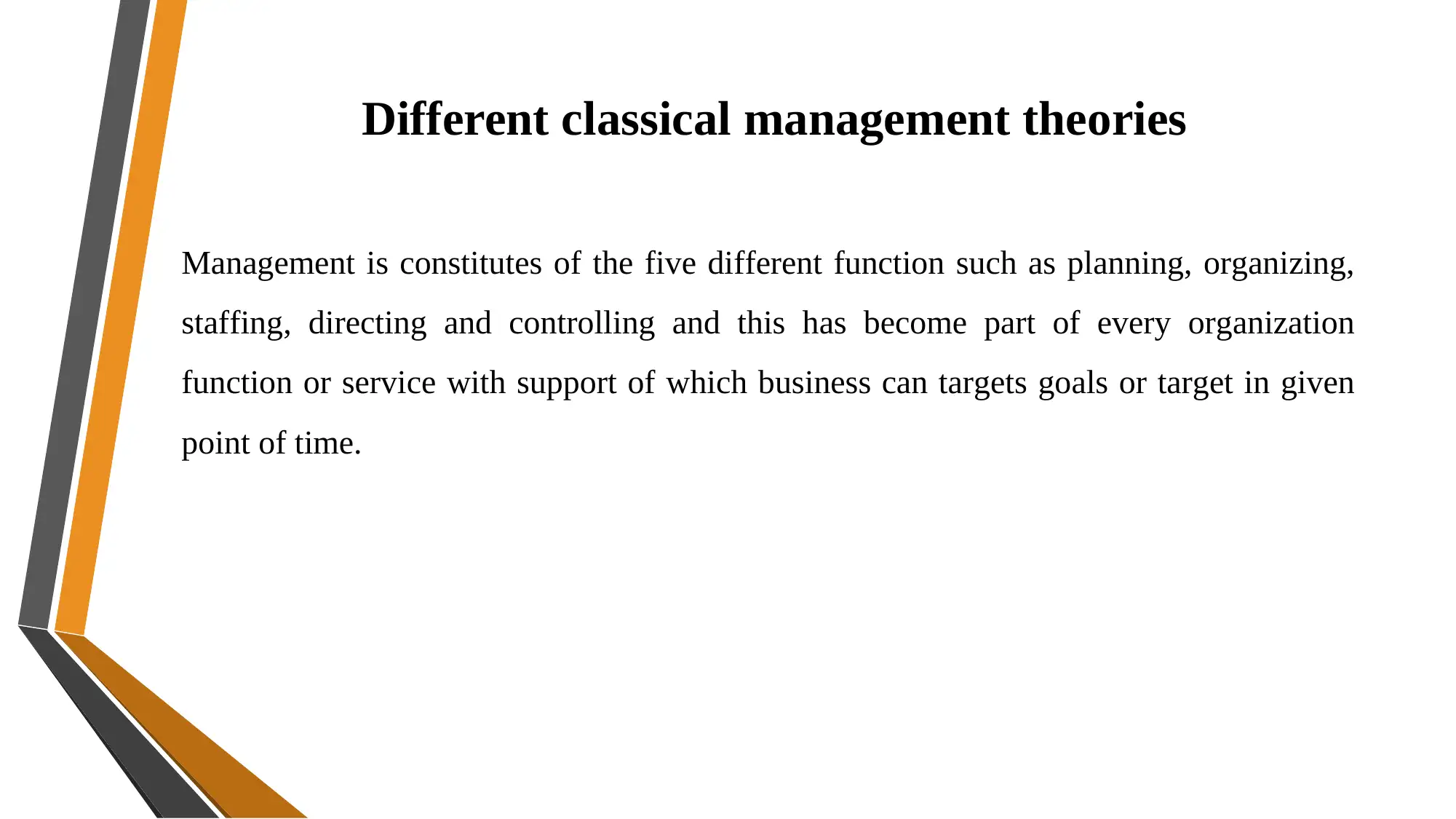
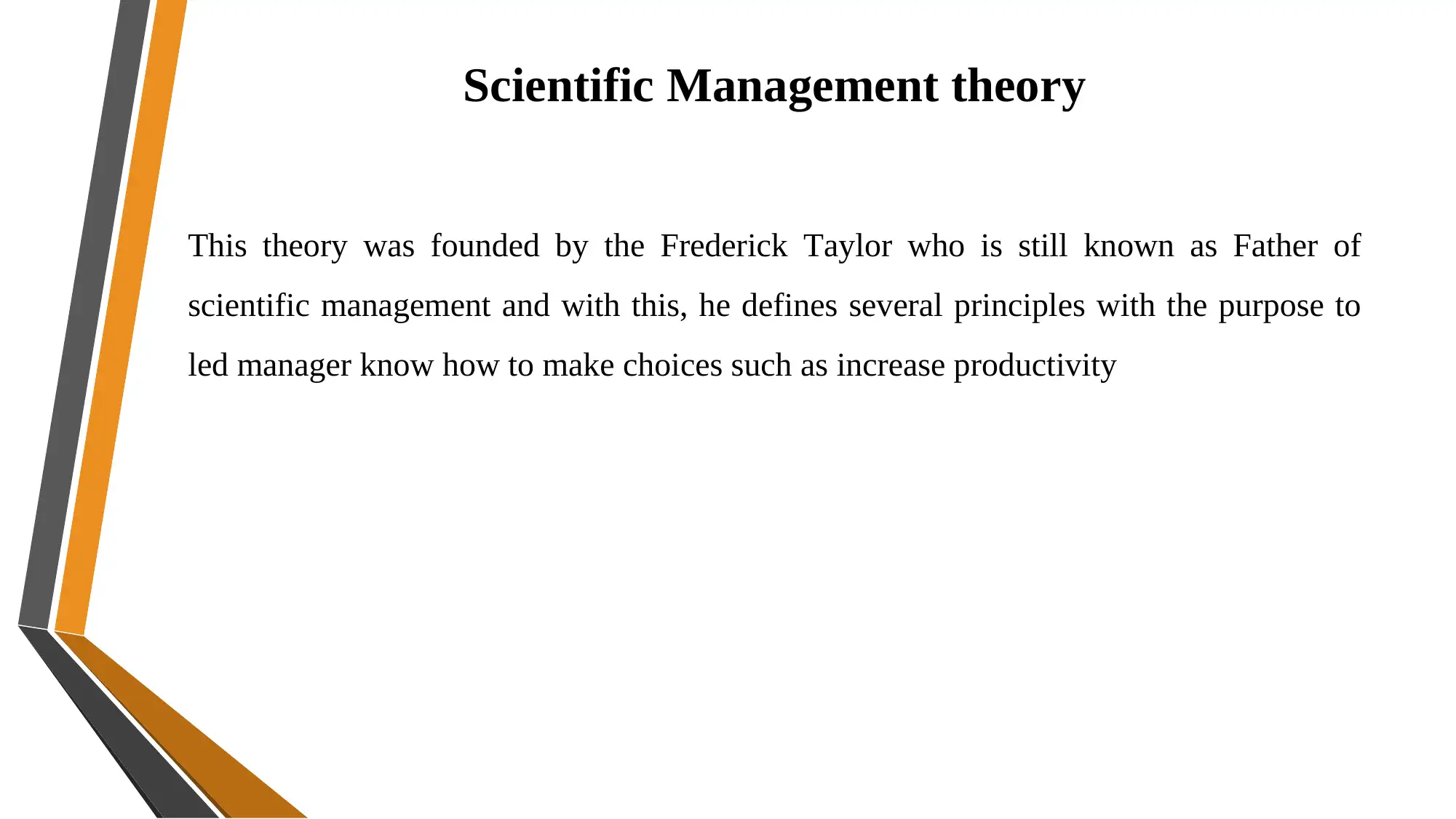
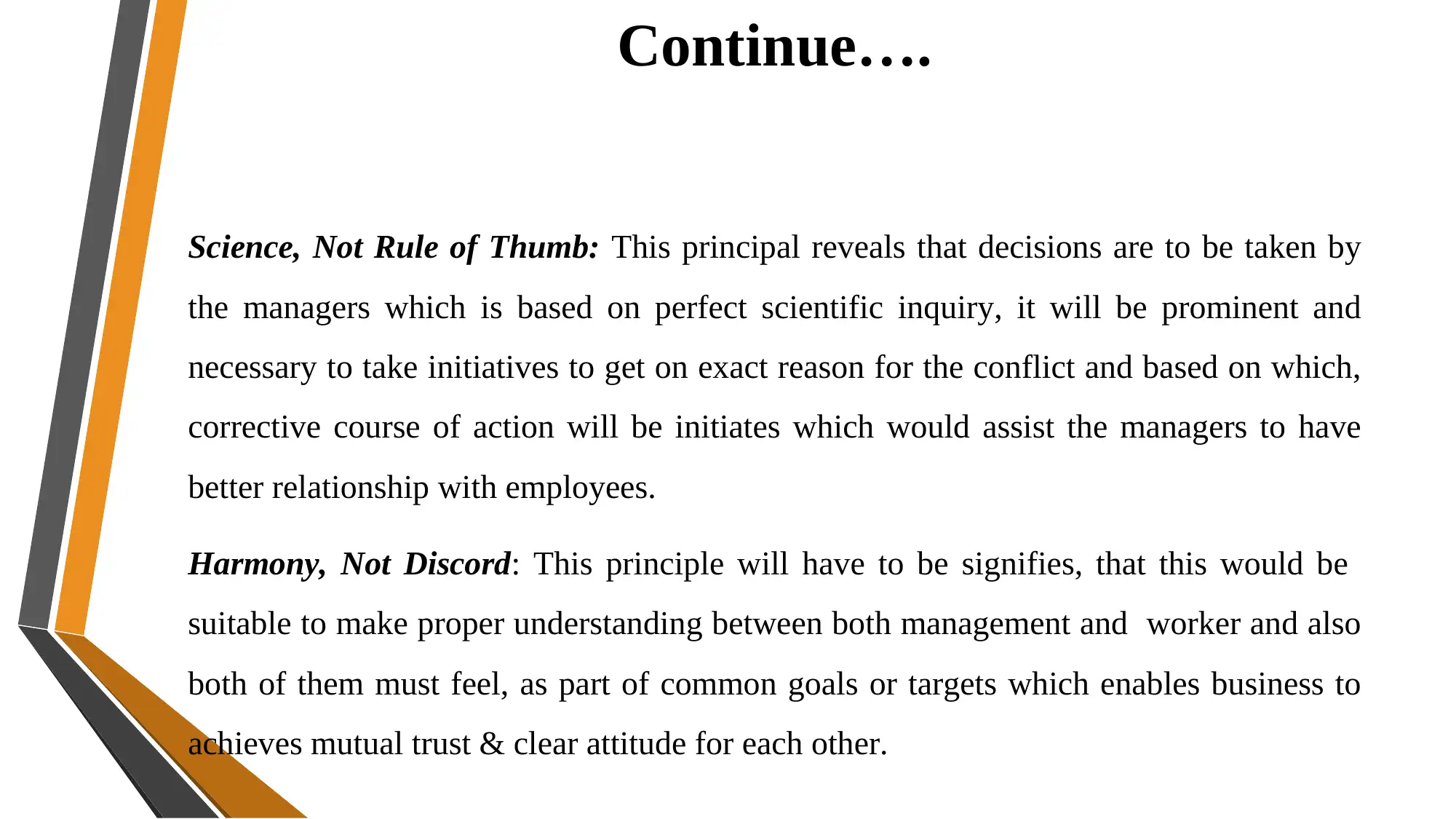
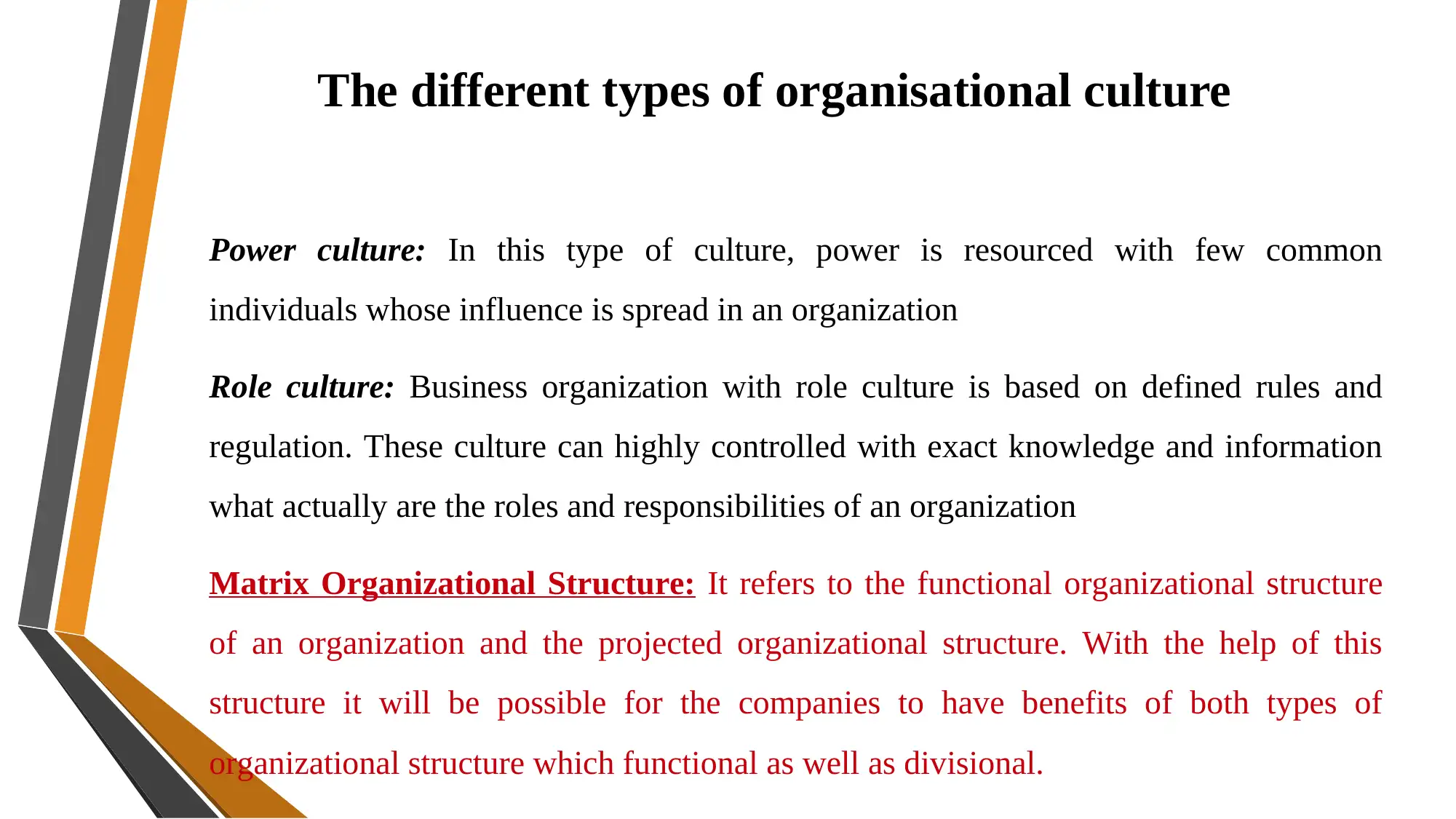
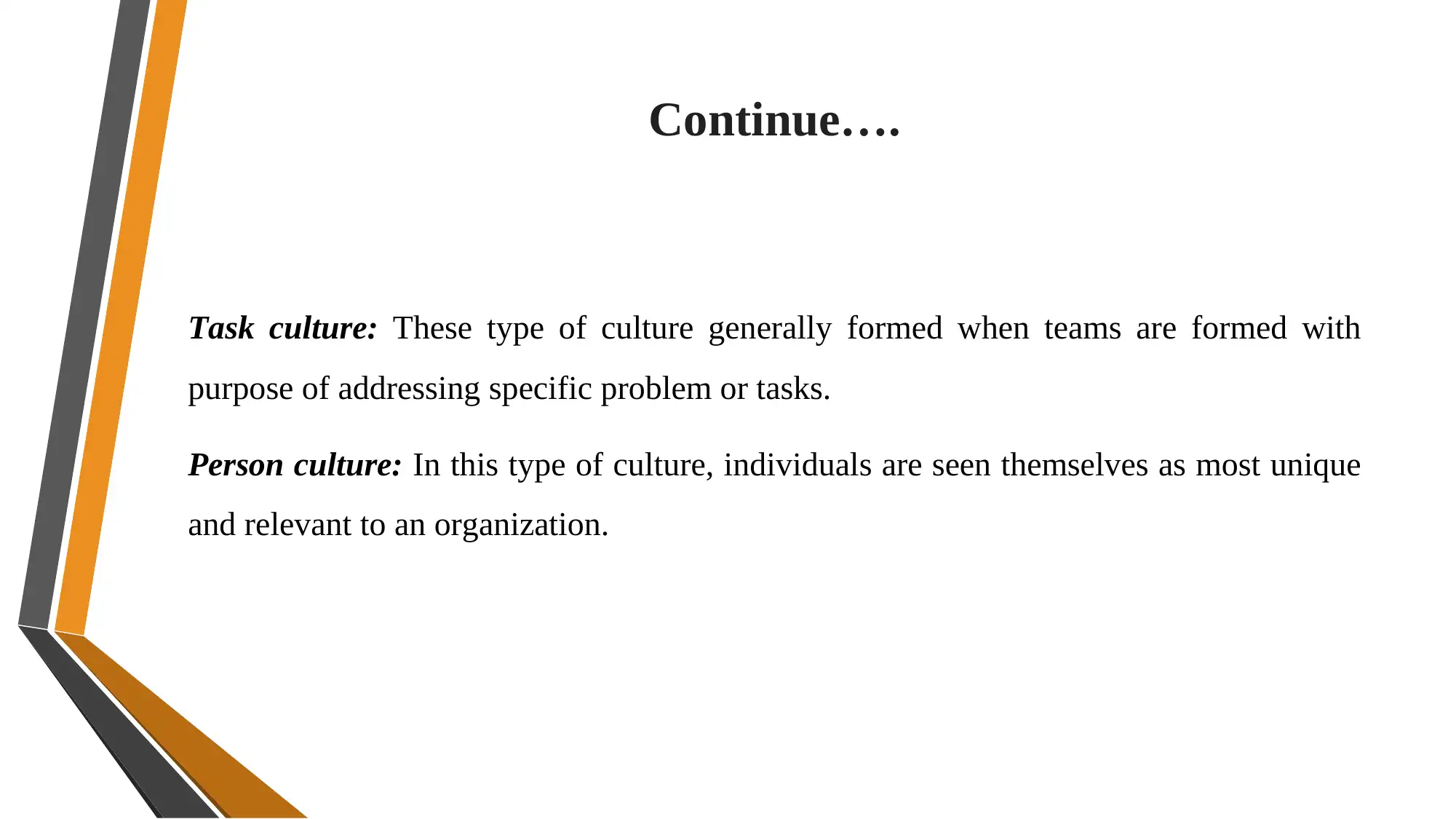
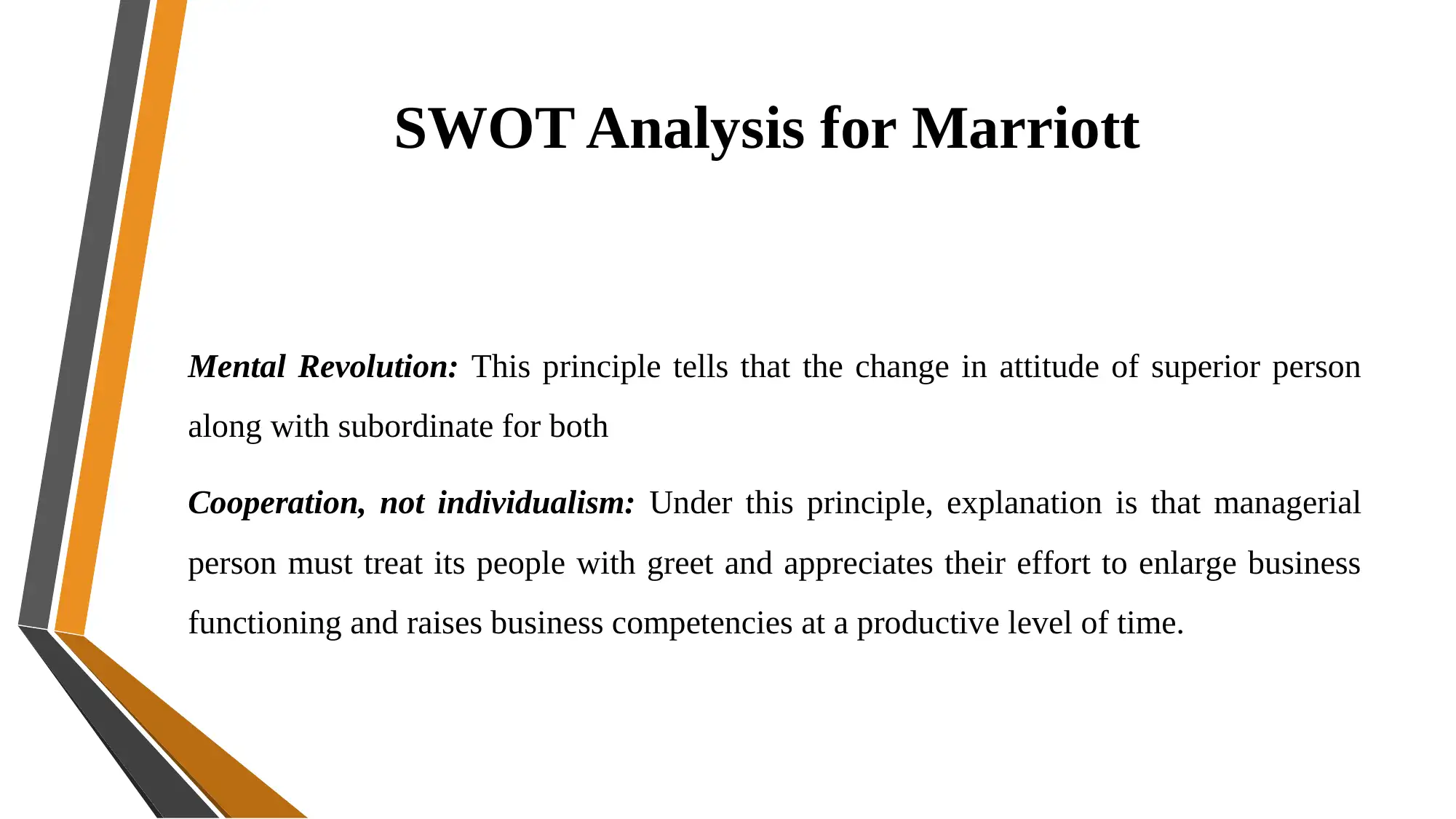
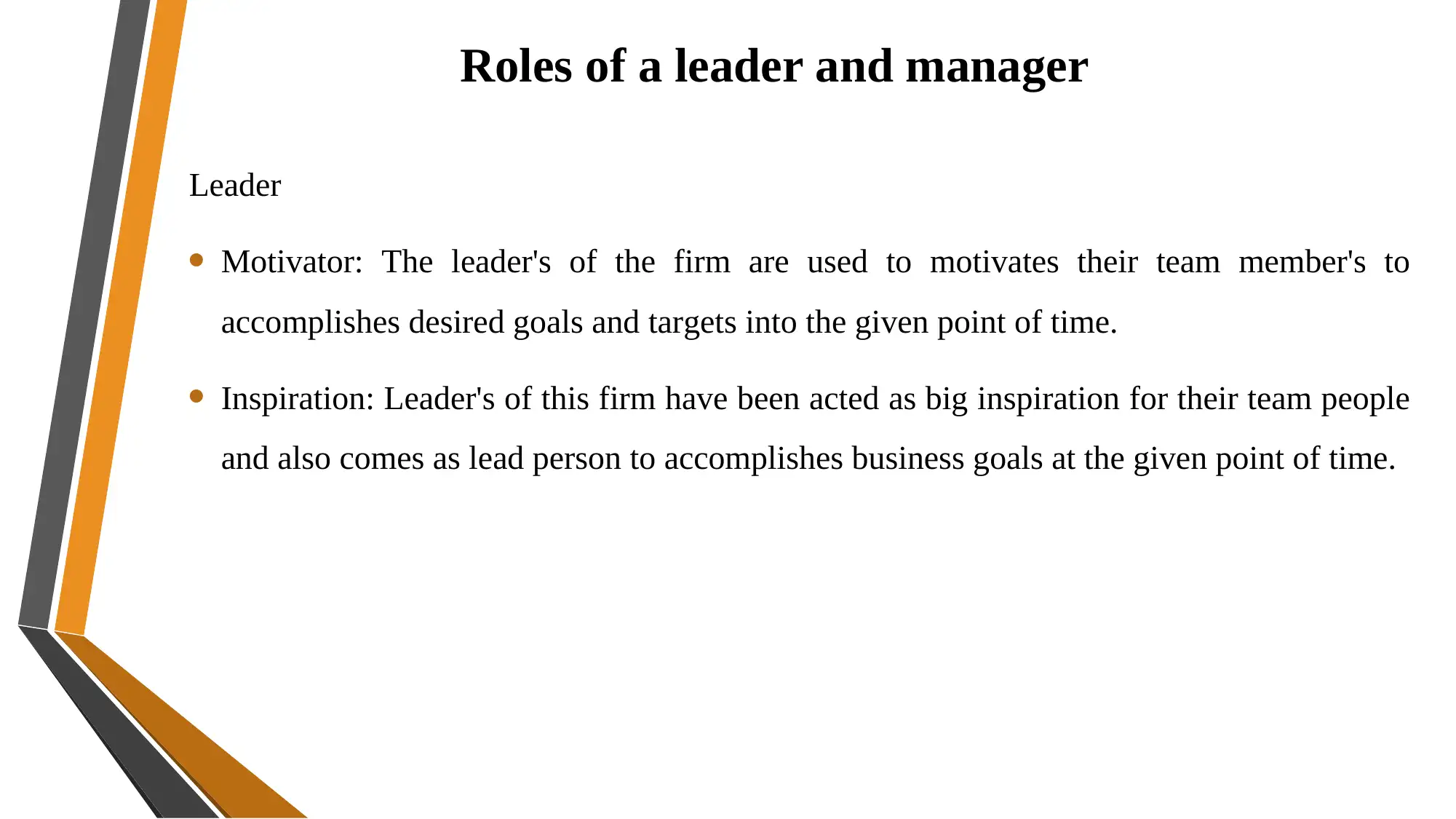
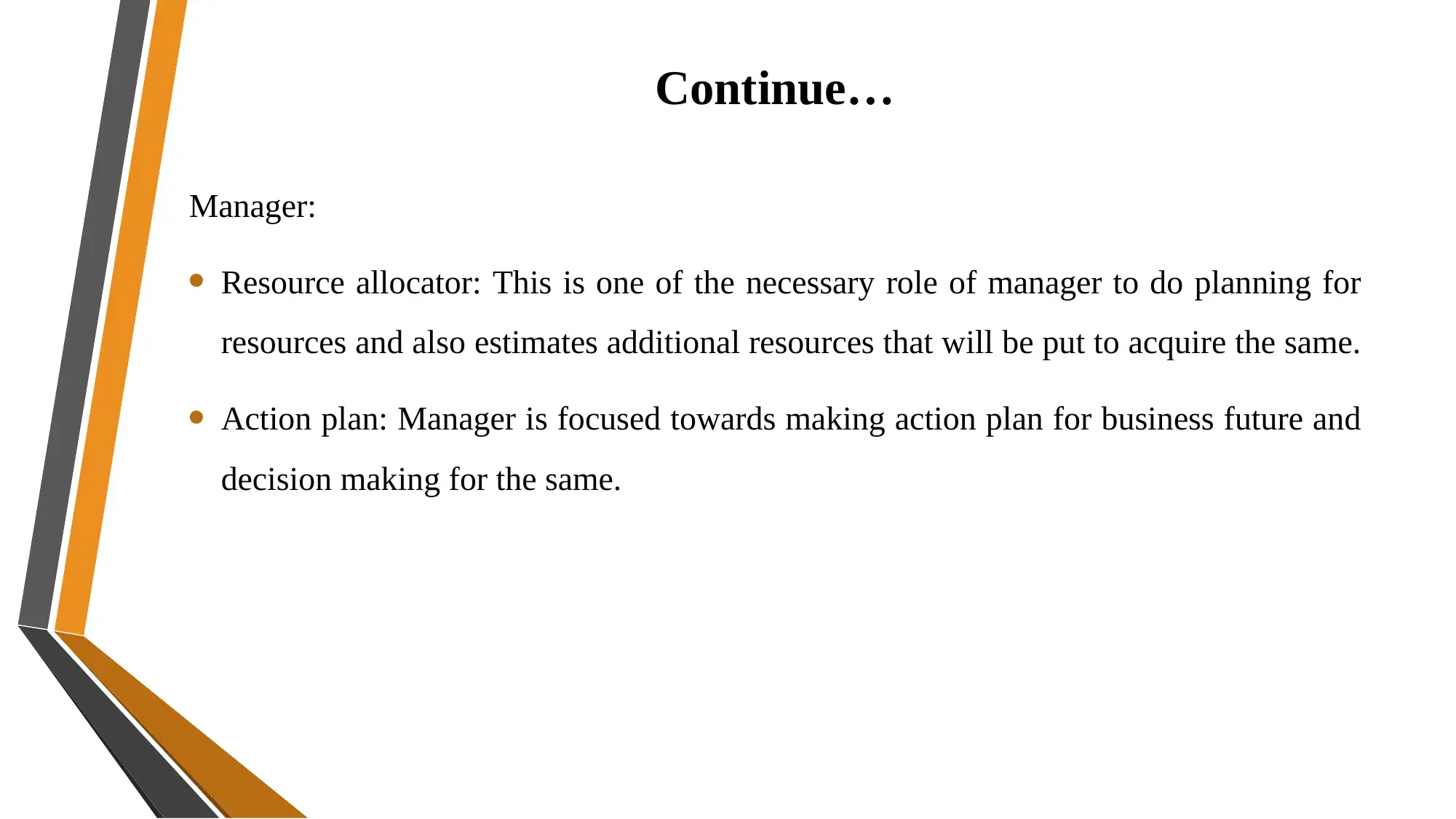






![[object Object]](/_next/static/media/star-bottom.7253800d.svg)